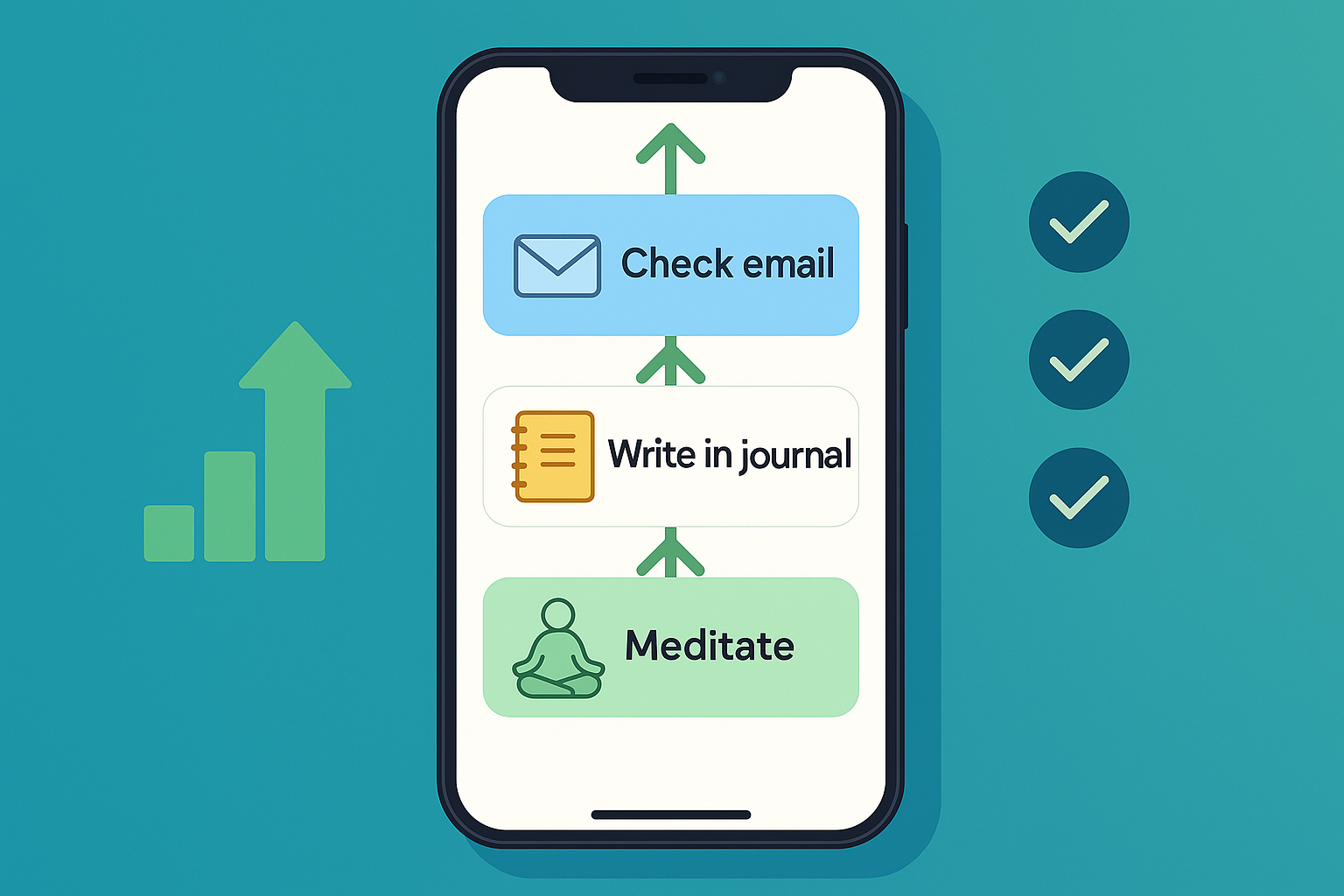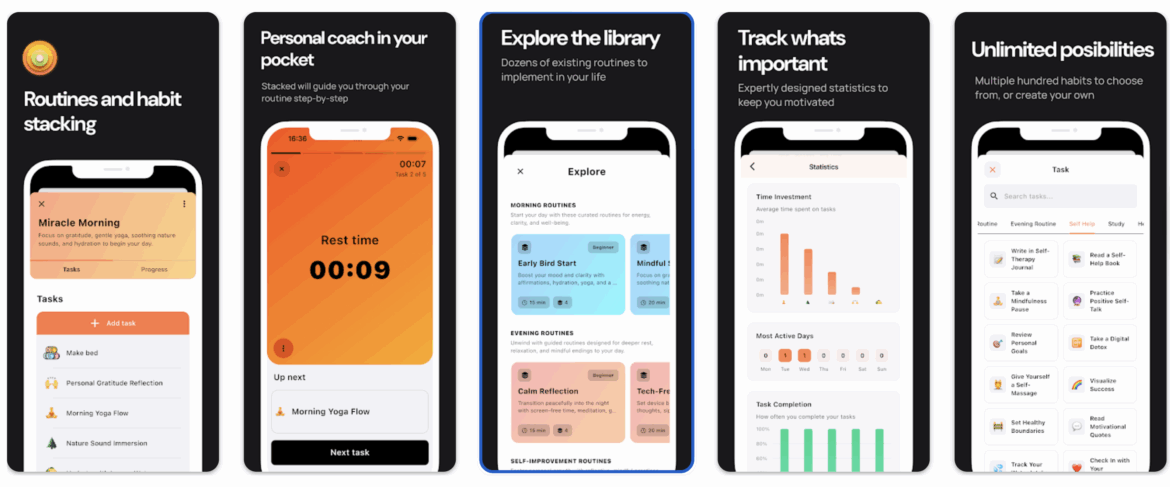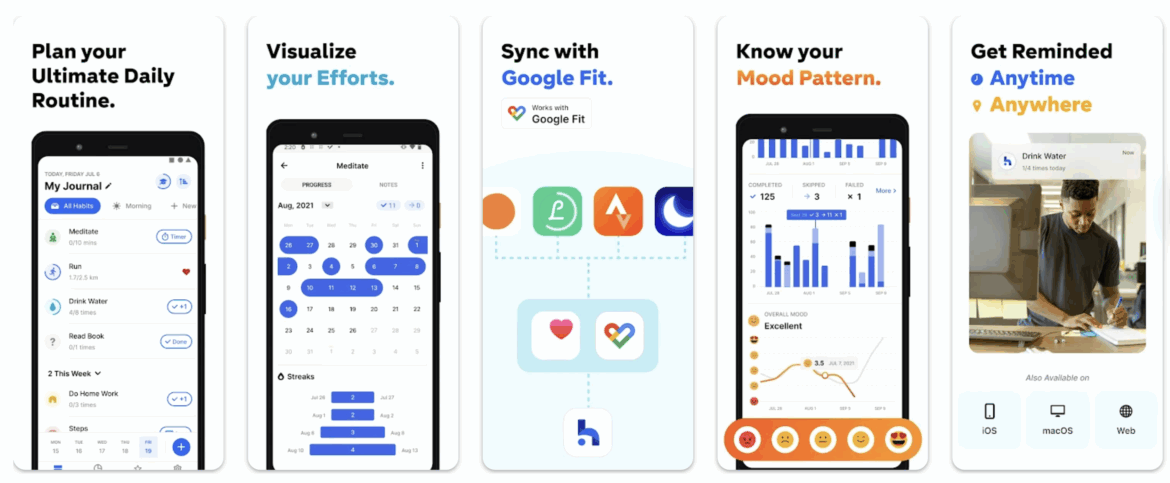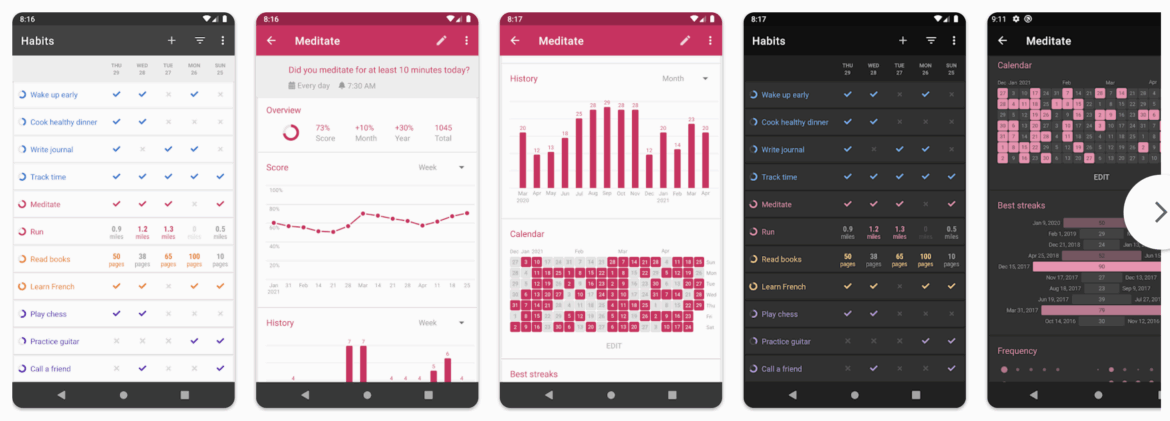Smart Habit Stacking Apps: How to Build Tiny Productivity Chains

You’ve heard of habit trackers, and maybe even habit stackers, but this time we’re going a step further. Let’s look at actual cross-platform apps that support not just “track habit” but “stack habit” – linking an existing routine you already do with a new, tiny action so it truly becomes automatic.
I’ll walk you through three solid apps you can download today, how they support habit stacking, and how to use them.
How App Features Support Habit Stacking
Before diving in, here’s how to evaluate an app for real stacking potential:
- Trigger → Action support: Can the app help you define “After I X (existing routine), I will Y (new habit)”?
- Flexible timing: Are you able to link the new habit to another cue instead of forcing a fixed time?
- Data & reminders: Does the app send smart reminders, show progress, and let you review stacked habits?
- Simplicity & friction: The app must be quick to open and log; high friction kills stacking.
Research confirms habit stacking works by anchoring new habits to existing ones and reducing cognitive load. With that frame, let’s explore three excellent apps.
1. Stacked: Routine, Stack Habits

Platform: Android (via Google Play).
What it offers: This app explicitly brands itself around habit stacking: one of its featured bullet points says “Built-in Habit Stacking Technique – link new habits to existing routines and watch consistency become second nature.”
Key features:
- You define a stack: trigger (existing habit) + new habit.
- Custom notifications and reminders tied to the stack.
- Simple interface that focuses on “chains” rather than huge habit lists.
Why it’s good for stacking: Its design is made for linking routines – from day one you’re anchoring Y to X. If you’re new to stacking or want a dedicated app, this is a top pick.
Consideration: It’s purely stacking-centric – if you want broader journaling or habit ecosystem, you may need complementary tools.
2. Habitify

Platform: Android & iOS (cross-platform).
What it offers: Habitify is listed among the best apps of 2025 by several reviews for its flexibility and cross-platform sync.
Key features:
- Supports custom scheduling: you don’t have to do a habit daily; you can set weekly targets.
- Allows reminders at specific times, notes/logs per completion, stats, and trends.
Why it’s good for stacking: While not solely “habit stack” branded, its flexibility means you can structure stacks like “After I open my calendar app → 1-minute planning” and set reminders accordingly.
Consideration: You’ll need to set the “trigger” yourself; it doesn’t enforce the “after X do Y” explicitly as strongly as Stacked. But for routine builders who already track habits, it’s a strong all-rounder.
3. Loop Habit Tracker

Platform: Android (open source).
What it offers: A minimal, privacy-focused habit tracker praised in 2025 free-app comparisons.
Key features:
- Works offline, no ads, fully customizable habits.
- Graphs habit strength (a research-driven metric) not just streaks.
Why it’s good for stacking: Because it’s lightweight and fast to use, this app removes friction. If your goal is “stack a tiny habit after X” and you want simplicity, it works well.
Consideration: Doesn’t specifically feature “stacking prompts” or “trigger linking” UI; you may need to decide “X” yourself and treat the tracking as post-stack logging.
How to Use These Apps to Build a Tiny Productivity Chain
Here’s a step-by-step flow based on the apps above:
- Choose your trigger habit: something you already do reliably (e.g., “After I open email app”, “After I brush teeth”).
- Choose a very small new habit: one thing you’ll do immediately after (e.g., “Open habit tracker app and log one priority”, “Stand and stretch for 2 minutes”).
- In your app (Stacked, Habitify or Loop): set the new habit, set a reminder/program so you get nudged if you haven’t done it shortly after trigger time.
- Track completion each day: log when you did the stack, maybe add a note if you skipped.
- After about 3–4 weeks of consistent stacking, review your progress: look at streaks, habit strength (Loop), reminders missed, and how natural the routine feels.
- Optional: once the stack feels built-in, you may add a third micro habit after the second – but only if the first two are consistent.
What to Expect (and Avoid)
Even with apps, habit stacking can go sideways:
- If the trigger isn’t consistent, the stack fails. For example, “After I commute home” might not work if you sometimes drive, sometimes walk. Anchor to something reliable.
- If your new habit is too big, you’ll resist. Keep it tiny.
- Don’t rely on the app doing the stacking magic alone. The app supports you, you still show up.
- App fatigue: if logging takes too long, or reminders feel naggy, you’ll skip. Choose the app where logging takes 1–2 taps max.
Final Thoughts
If you’ve tracked habits for a while but haven’t found one that sticks, switching your focus to habit stacking (rather than just logging) could be the missing piece. Using an app like Stacked, Habitify, or Loop to build “After X → do Y” chains makes your productivity routine smoother and less will-power-intensive.
Try setting one tiny chain today and see the difference in a month. Productivity isn’t just about doing more – it’s about building what you do into what you are.


